Guide on How to Get into Sailing
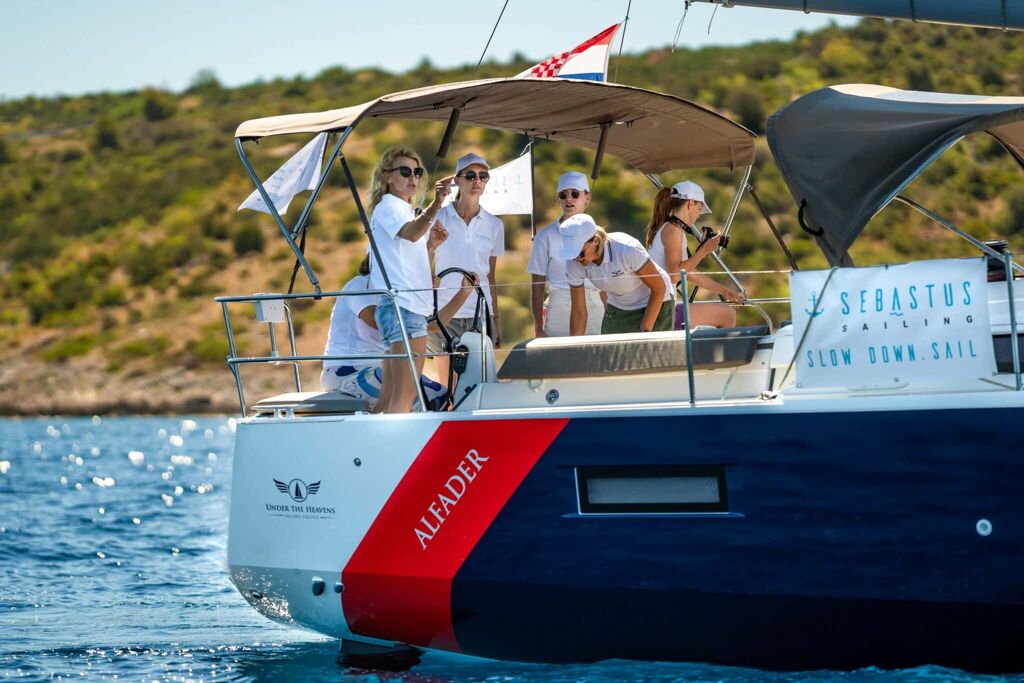
Embarking on the enchanting journey of sailing is like setting sail on a sea of endless possibilities. The wind whispers tales of adventure, and the horizon beckons with the promise of discovery. If you have ever dreamt of dancing with the waves or feeling the thrill of harnessing the wind’s power, then you are on the right course!
In this beginner’s guide, we will chart the waters of curiosity, navigate the basics, and hoist the sails of your newfound passion. Get ready to trade the ordinary for the extraordinary, as we navigate the seas of excitement and learn how to catch the wind in your sails!
Introduction to Sailing
Before you set sail, there are crucial things to know before sailing that will ensure a smooth voyage.
First, familiarizing yourself with sailing terminology will be instrumental in effective communication on board. Understanding the wind is paramount – it is not just about direction but also about harnessing its power to propel your vessel. Safety is a non-negotiable aspect, so learning how to use life jackets, understanding basic navigation rules, and being aware of weather conditions is imperative. Mastering the art of knots is another essential skill, ensuring that your boat is securely rigged. Additionally, gaining knowledge about tides and currents will enhance your ability to navigate waters with confidence.
Embracing the camaraderie of the sailing community can provide valuable insights and support. Whether you are drawn to the peaceful serenity of solo sailing, or the teamwork involved in crewed adventures, understanding these fundamentals sets the stage for an unforgettable nautical odyssey. Think about joining a sailing or yacht club!
Of course, choosing the right sailboat for your needs and skill level is crucial, as different types cater to various experiences – from smaller sailboats perfect for beginners to more advanced motor yachts for seasoned sailors. But let us dive into basic terminology first…
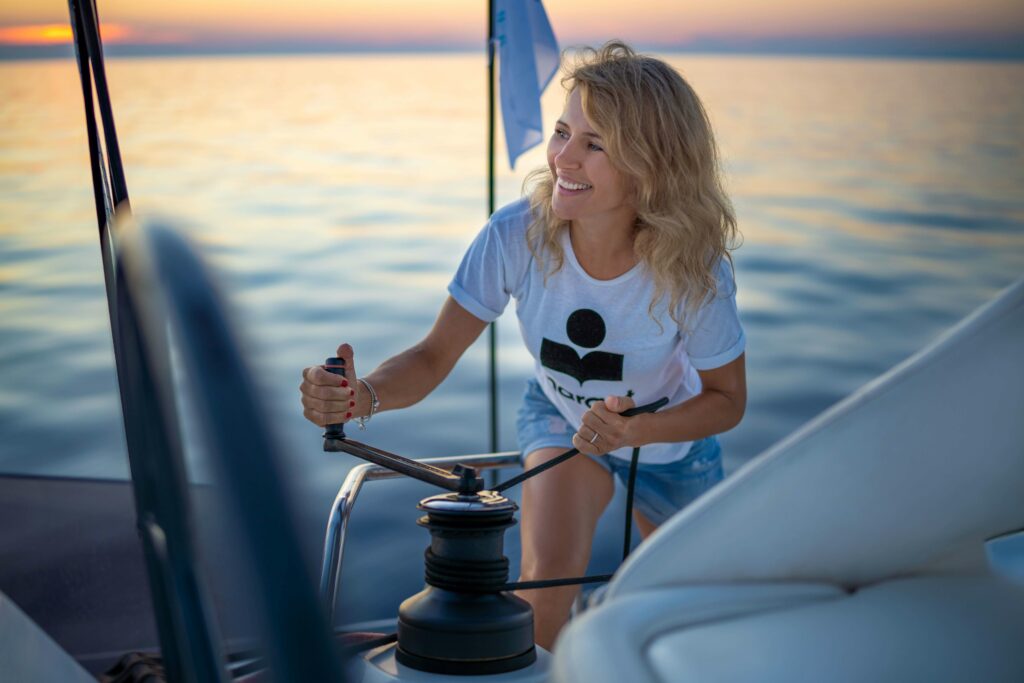
Learn the Basic Terminology of Sailing
To confidently set sail, grasp these fundamental terms that weave together the language of the sea:
• Windward and Leeward – windward refers to the direction from which the wind is blowing, while leeward is the opposite, indicating the downwind side.
• Port and Starboard – these nautical terms indicate the left and right sides of the boat when facing forward, respectively.
• Points of Sail – mastering the various angles to the wind—be it close-hauled, reaching, or running—enables precise navigation.
• Tacking and Gybing – tacking involves turning the bow through the wind, while gybing is a maneuver where the stern crosses the wind.
• Boom – the horizontal spar along the bottom of a sailboat’s mainsail. Watch your head when the boom swings!
• Halyard – a line used to raise a sail, such as the mainsail halyard.
• Sheet – lines controlling the trim of the sails. The main sheet adjusts the mainsail, while the jib sheet manages the jib.
• Keel – the boat’s underwater fin that helps prevent sideways slipping and aids stability.
• Skipper or Captain – an individual who assumes the role of the captain or leader aboard a vessel. The skipper is responsible for the overall navigation, safety, and coordination of the crew during a maritime journey.
• Yacht Charter – the arrangement of renting a yacht for a specified period, offering a unique opportunity to experience sailing without owning a vessel.
Understanding these terms is not just about mastering the language of sailing but unlocking the poetry of the open seas, where each term plays a note in the symphony of your maritime journey.
Understanding the Different Types of Boats
Each vessel comes with its own set of characteristics, catering to various preferences and purposes.
A sailboat is defined by sails as the primary means of propulsion, harnessing wind power for movement. Sailing boats offer a classic and serene sailing experience, perfect for those who appreciate the art of navigating in the wind. They come in varied designs, from one-cabin vessels ideal for beginners to larger multiple-cabin cruisers by reputable manufacturers like Beneteau and Jeanneau.
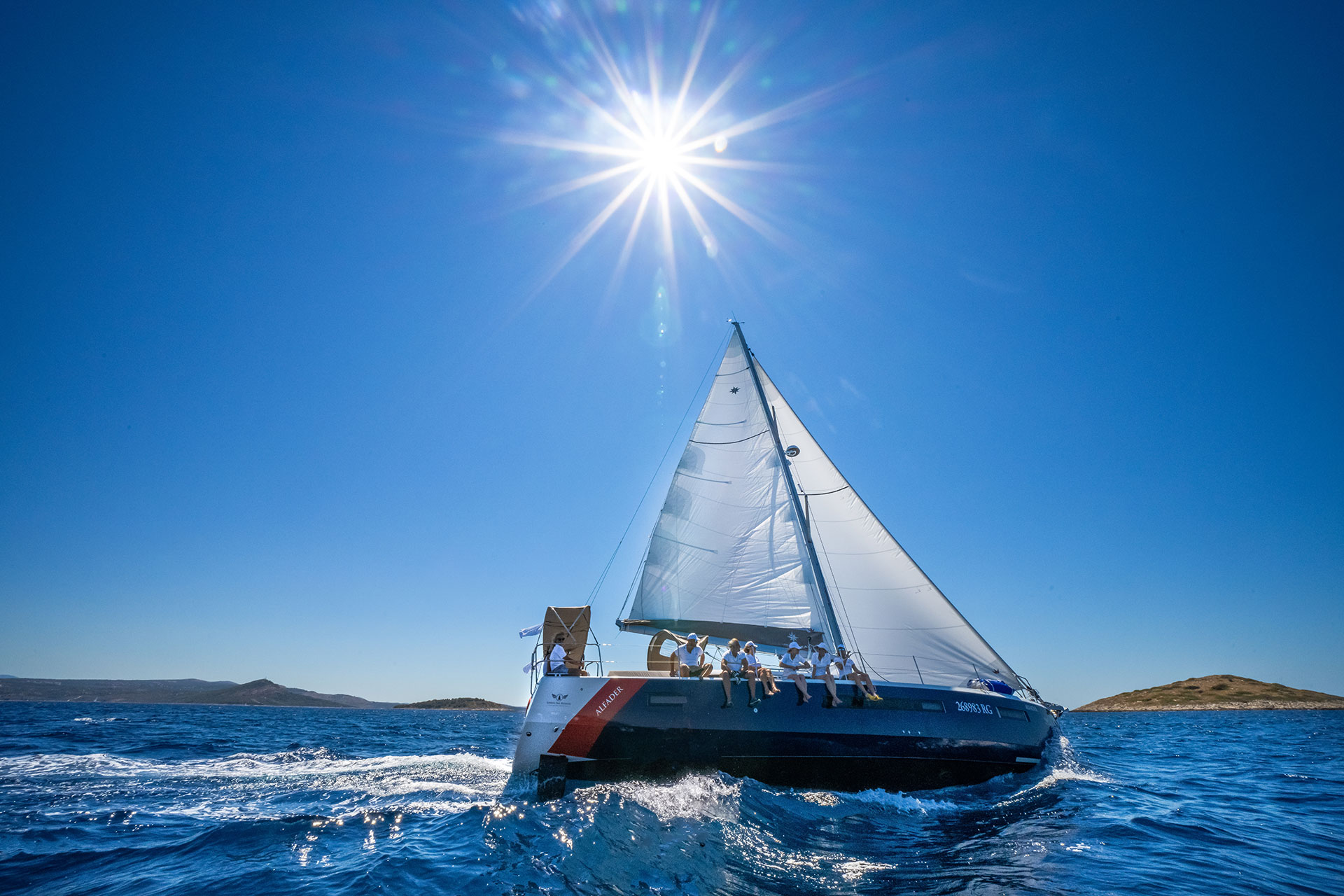
A catamaran features two parallel hulls connected by a frame, providing stability, and reducing heeling. Catamarans are known for their spaciousness and comfort, offering ample deck space and a smooth, stable ride. They are ideal for those seeking a balance between the thrill of sailing and the comfort of a stable platform. Notable manufacturers include Lagoon and Fountaine Pajot.
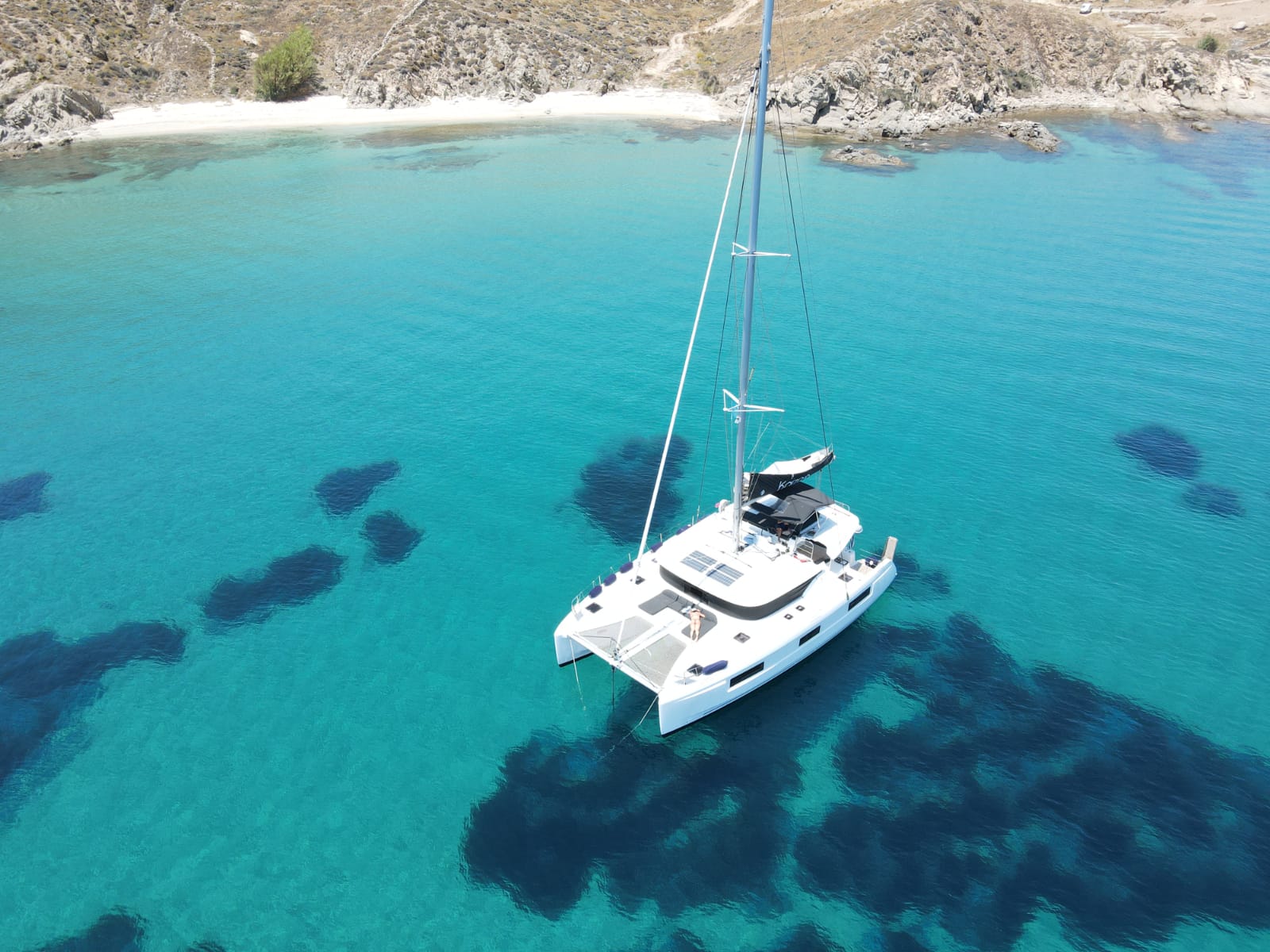
A gulet is a traditional wooden sailing vessel originating from the Mediterranean. Gulets are characterized by a broad, rounded hull, providing stability and ample living space. They are often equipped with multiple cabins, making them suitable for charter vacations with a touch of luxury.

A motor yacht is powered primarily by engines, offering a faster and more direct mode of propulsion compared to sailboats. Motor yachts provide luxurious amenities and accommodations and are an ideal choice for those who prefer a more leisurely and opulent cruising experience. Sunseeker and Ferretti are among the renowned manufacturers for their commitment to craftsmanship.
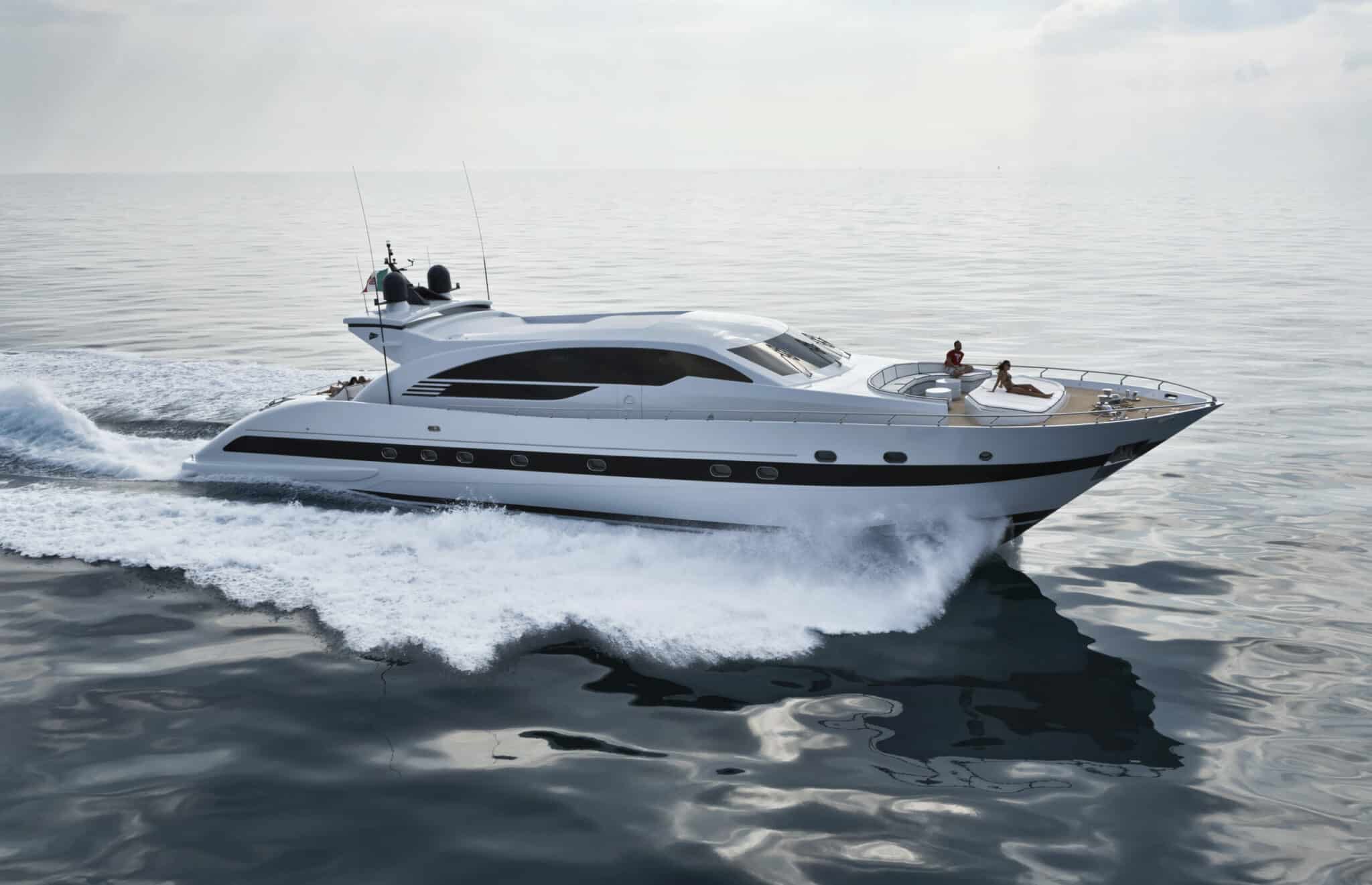
Understanding the nuances of sailboats, catamarans, gulets, and motor yachts allows enthusiasts to choose a vessel that aligns with their desired sailing experience, whether it be the thrill of wind-powered navigation, the stability of a catamaran, the tradition of a gulet, or the luxury of a motor yacht. Each type opens a unique chapter in the captivating story of maritime exploration.
Learn the Basics of Navigation
Navigation in sailing involves understanding one’s position on the water and plotting a course to reach a desired destination. Key elements include:
• Chart Reading – proficiency in interpreting nautical charts is essential. These detailed maps provide crucial information about water depths, hazards, and aids to navigation.
• Compass Use – the compass is a sailor’s trusted guide. Understanding compass headings and how to use them in conjunction with charts helps determine the correct course.
• Dead Reckoning – this involves estimating the current position based on a previously known position, course, and speed. It is a valuable skill when electronic navigation tools are unavailable.
• Aids to Navigation – familiarity with buoys, beacons, and other aids is vital for understanding the maritime environment. Each has a specific meaning, such as indicating safe channels or marking potential hazards.
• Celestial Navigation – while modern sailors often rely on electronic navigation, understanding celestial navigation with tools like a sextant adds depth to one’s skills.
Get Out on the Water and Start Practicing
Now that you have familiarized yourself with the essentials of sailing navigation, it is time to hoist the sails and put theory into practice. But before you do that, consider obtaining a sailing license to validate your skills and enhance your confidence on the water.
As you embark on this maritime adventure, consider Sebastus Sailing for your yacht charter experience. Our expertise in crafting tailored sailing vacations ensures a truly memorable voyage. Navigate the open waters, apply your newfound knowledge, and let the wind guide you toward the fulfillment of your seafaring aspirations.
Sebastus Sailing stands ready to be your guide to custom sailing trips, offering a fleet of vessels that promise an unforgettable and personalized nautical experience worldwide. Set sail and let the sea become your ultimate guide to exploration and discovery.
FAQ
Sailing is considered an expensive activity. Initial expenses include boat purchase or charter, but ongoing costs depend on factors like maintenance, mooring, and equipment.
Yes, anyone can learn to sail! Sailing is accessible to people of various ages and abilities. Beginner lessons and practice are essential for acquiring the necessary skills.
Absolutely! Sailing is a fantastic family-friendly activity. It promotes teamwork, offers adventurous experiences, and creates lasting memories for all ages.


